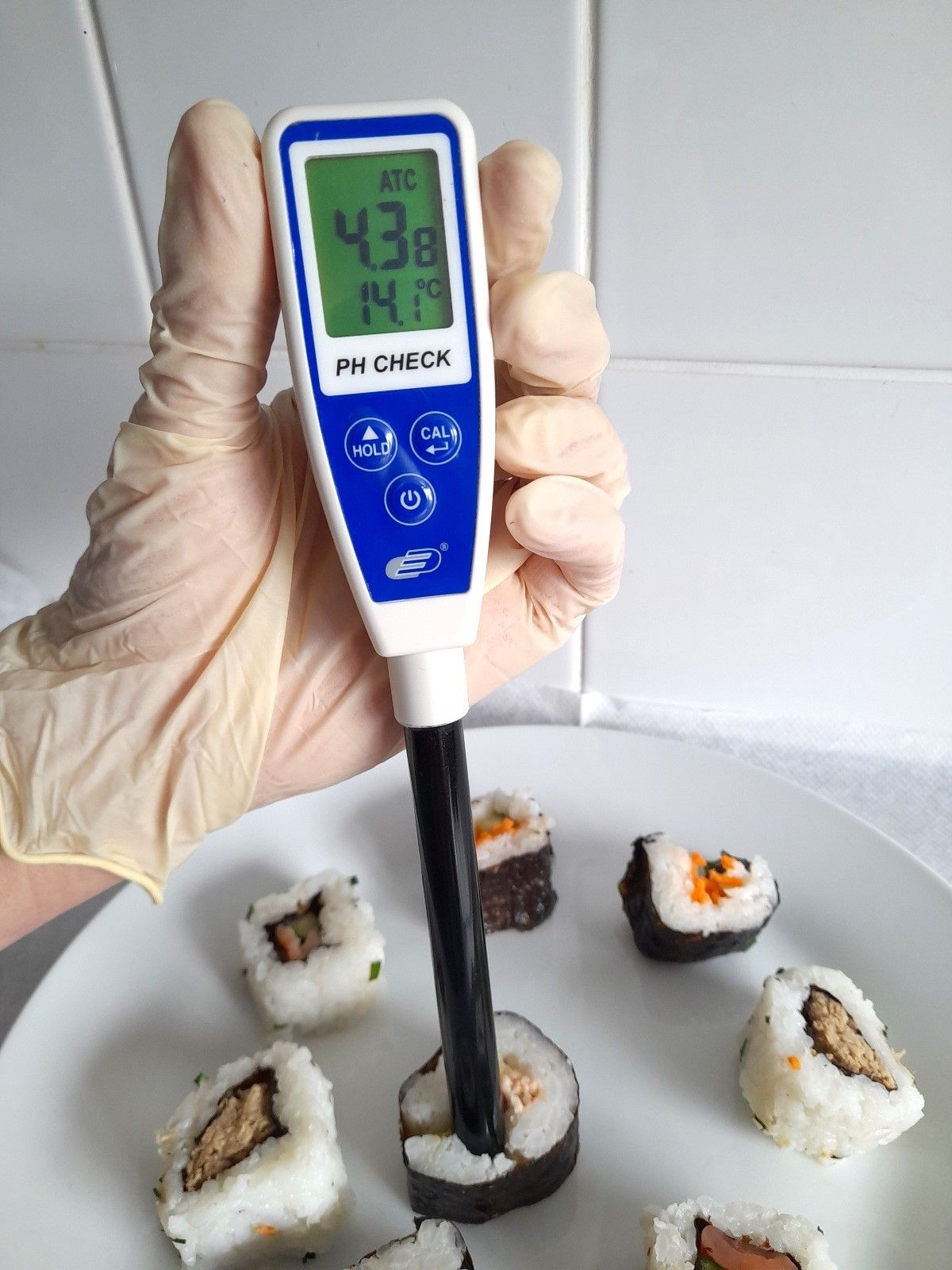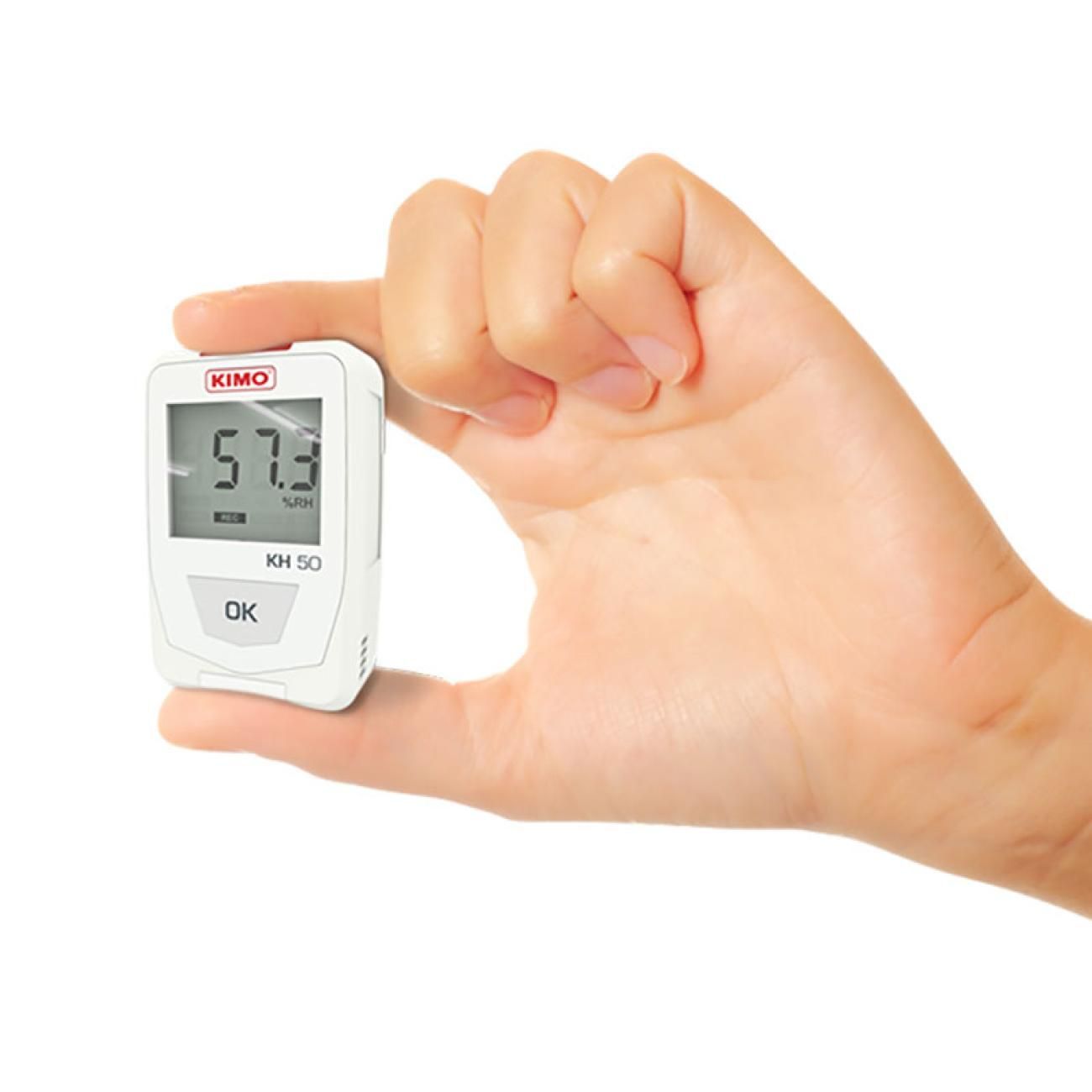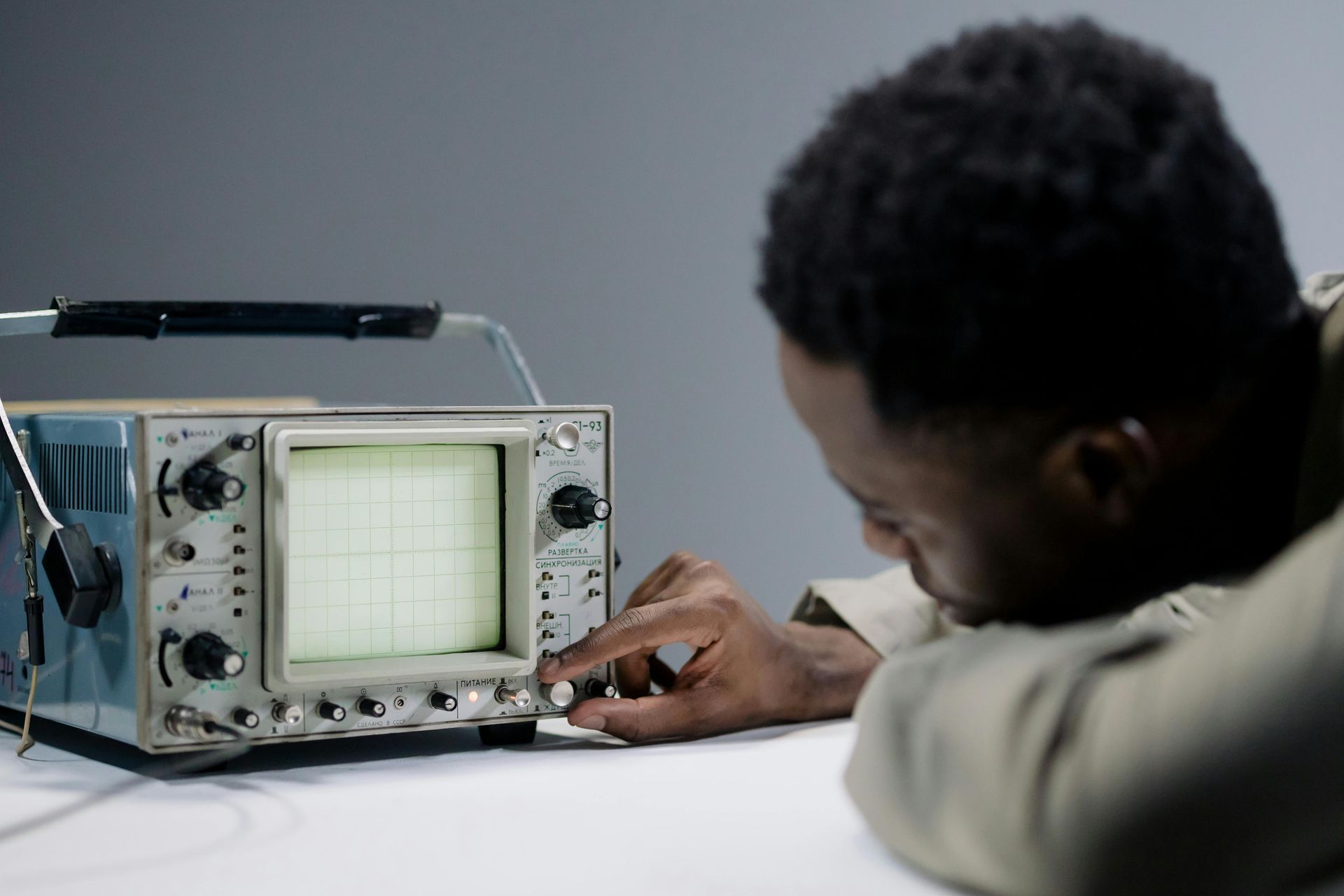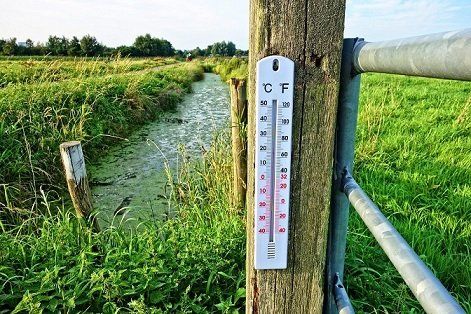27 July 2024
How to measure pH levels in Food (acidity or alkalinity)
What is pH?
pH is measured by a scale from 0 to 14 with a 0 reading testing as strongly acidic. A pH measurement of 7 is neutral and anything above that is considered alkaline. The average person’s blood levels usually range between readings of 7.35 to 7.45pH which is more or less considered alkaline (or basic). The human stomach on the other hand, is highly acidic with a pH reading of around 1.5 to 3.5pH.
The importance of pH Levels in Food
Using the pH scale of 0 to 14, food with pH values of 0 to 4 would be considered very acidic. Food with values of around 7 are considered neutral and any foods or solutions above this would be referred to as alkaline. So using the pH scale, the lower the pH reading, the more acidic food will be and the higher the pH reading the more alkaline food will be.
pH levels are very important in the Food Industry during manufacturing to ensure the shelf life of products. Other factors such as temperature and salt levels are also important to ensure the regulation of acid base balance and pH levels of food during production e.g. pasteurisation of milk. A pH level of approximately 4.3 to 4.5 with a temperature reading of around 99 deg would be required to kill microorganisms and bacteria such as salmonella, staphylococcus aureus and Escherichia coli during pasteurisation. So monitoring pH & temperature levels in food plays an important role in the food production processes and it is important to measure these levels using a pH meter and a food thermometer. Check out this link from Techris Systems on Why is pH important in Food and Catering?
What is a pH Meter?
A pH meter is a device used to measure the pH levels of various foods, concentrates and/or liquids. It is used extensively in environmental health applications such as: testing the pH of swimming pool water and food production/preparation - in particular e,g, dairy products, fish, dips, sauces, juice concentrates etc. In recent times, restaurateurs are becoming more aware of the importance of testing pH levels in sushi and this can be easily measured using a pH meter. The pH levels of sushi rice should usually be 4.6 or below. The correct pH levels of sushi rice helps prevent the growth of harmful bacteria and can affect the taste, texture and colour. pH measurements are important and can be critical during many quality testing processes in food, catering and restaurant industries and can play a part in your HACCP and food safety procedures. Check out this article from Techris Systems: How and Where to Use a pH Meter which offers further insights into the important of pH testing.
What is a Food Thermometer?
To ensure food is cooked safely, it is essential to use a food thermometer. Most Digital thermometers provide a reading within a couple of seconds on a digital display but did you know that accuracy can vary widely? That is why it is important to ensure that your thermometer is reading and recording accurately and that you seek advice from professionals with the expertise and knowledge to help you choose the correct thermometer, one that can offer accuracy and reliability and suit your needs. Check out Techris Systems blog post on why you need a food thermometer – Food Thermometer Tips.
The pH levels of foods can vary according to the specific variety, level of ripeness and whether they are cooked or raw,
Some examples of food that would be usually considered Acidic are:
Citrus fruits e.g. lemons, oranges, grapefruits, limes, berries
Tomatoes
Blackberries
Beans
Coffee
Green grapes
Sweetened fizzy drinks
Some types of cheese e.g. parmesan
White bread
Shellfish
Some examples of food that would be usually considered Alkaline:
Raw spinach
Cucumber
Carrots
Cauliflower
Avocado
Lentils
Kale
Celery
Chick Peas
Techris Systems has a variety of pH meters to help you measure the pH levels of food or e.g. the pH of water or soil. Check out our full range of pH meters here.












